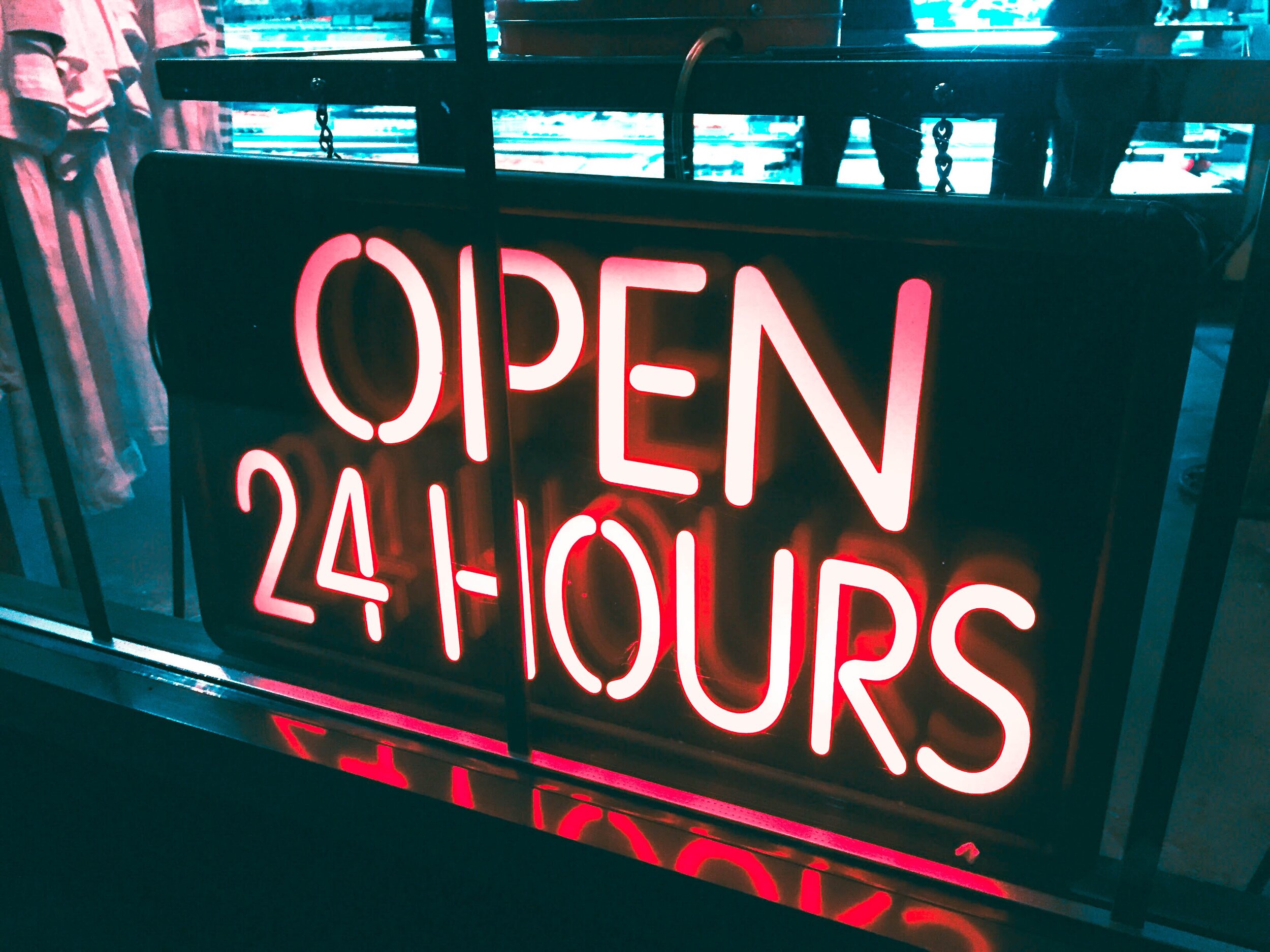Photo by Scott Webb on Unsplash
Dr. Rick Hanson writes extensively about resilience and provides practical tools for improving our well-being. One of my favorites is his suggestion to "drop our stones." He explains that most of us are lugging around at least one thing, which is a needless burden.
According to Dr. Hanson, a burden may be "holding on to resentments, worrying over and over about the same thing, or trying to make someone love you who won't. Perhaps it's an unrealistic standard you keep failing to meet, an old quarrel you keep rehashing, or something addictive you can't do in moderation, so you're always thinking about it."
It could be an old shame, disappointment, or loss. Or a chronic tension in your body or armor around your heart. Maybe it's a rigid belief or righteous indignation.
Carrying these burdens is like a load on your back, a heavy weight in your hand.
Dr. Hanson is not suggesting we turn away from pain, stop caring about others, or avoid ambitious goals. It's healthy to feel sadness, hurt, or worry. We must keep faith, bet on ourselves, and dream big dreams.
Instead, we want to avoid being sucked into repetitive preoccupations that erode our resilience. Negative brain preoccupations can cause us to ruminate and reinforce negative thinking. We may feel trapped and overburdened.
To avoid this, we need to drop the stones that weigh us down.
Dr. Hanson suggests we pick one stone we'd like to drop this year. He says to "decide for yourself what, if anything, is reasonable or useful about it. Know in your heart what is worth taking into account and what is just needless, worthless excess suffering."
Then, deliberately carry that stone for a few seconds or longer. Think about it, worry about it, and get sad or mad. You want to know how it feels so that it becomes easier to drop the stone if you pick it up again later.
Then, resolve to stop picking up the stone. According to Dr. Hanson, you want to determine how to disengage from it, stop allying with it, and get hijacked by it. It may keep mumbling away in the background, but at least you can stop adding to its weight. Be strong inside your mind. In the same way, you could step back from someone being harmful, and you can step back from old habit patterns.
Shift your attention to other things, ideally the opposite of your stone. This could be forgiving yourself for old shame, turning toward healthy pleasures and away from unhealthy ones, or seeing the big picture of everything that's working if you've gotten preoccupied with something that's not.
With repetition, you'll be more likely to default to these new objects of attention instead of the burden you’ve decided to drop.
Every year, commit to dropping one more stone. As you shed your stones, feel the lightness that comes. Experience how much room you now have for more positive energy.
Have you dropped any stones? What impact has it had on you?
___________________________
To learn more about how you and your team can thrive in adversity, check out my online Resilience Leadership course.










